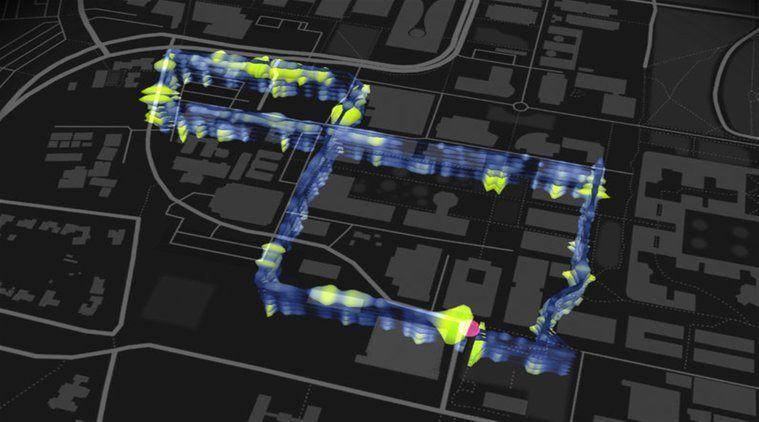- India
- International
Optical internet cables could act as sensors to detect earthquakes
Optical fibres that deliver high-speed internet and HD video to our homes could be turned into an inexpensive network of sensors to monitor earthquakes, a study has found.
 Optical fibres that deliver high-speed internet and HD video to our homes could be turned into an inexpensive network of sensors to monitor earthquakes, a study has found. (Image Source: Stanford University)
Optical fibres that deliver high-speed internet and HD video to our homes could be turned into an inexpensive network of sensors to monitor earthquakes, a study has found. (Image Source: Stanford University)
Optical fibres that deliver high-speed internet and HD video to our homes could be turned into an inexpensive network of sensors to monitor earthquakes, a study has found. Optical fibre are thin strands of pure glass about the thickness of a human hair. They are typically bundled together to create cables that transmit data signals over long distances by converting electronic signals into light.
Researchers from Stanford University showed that it is possible to convert the jiggles of perturbed optical fibre
strands into information about the direction and magnitude of seismic events. They have been recording those seismic jiggles in a three-mile loop of optical fibre with instruments called laser interrogators.
“We can continuously listen to – and hear well – the Earth using preexisting optical fibre that have been deployed
for telecom purposes,” said Biondo Biondi, a professor at Stanford. Currently researchers monitor earthquakes with seismometers, which are more sensitive than the proposed telecom array, but their coverage is sparse and they can be challenging and expensive to install and maintain, especially in urban areas.
By contrast, a seismic observatory proposed by the researchers would be relatively inexpensive to operate. “Every meter of optical fibre in our network acts like a sensor and costs less than a dollar to install,” Biondi said. “You will never be able to create a network using conventional seismometers with that kind of coverage, density and price,” he said.
Such a network would allow scientists to study earthquakes, especially smaller ones, in greater detail and pinpoint their sources more quickly than is currently possible. Greater sensor coverage would also enable higher resolution measurements of ground responses to shaking.

“Civil engineers could take what they learn about how buildings and bridges respond to small earthquakes from the
billion-sensors array and use that information to design buildings that can withstand greater shaking,” said Eileen
Martin, a graduate student in Biondi’s lab.
More Tech
Apr 18: Latest News
- 01
- 02
- 03
- 04
- 05






























